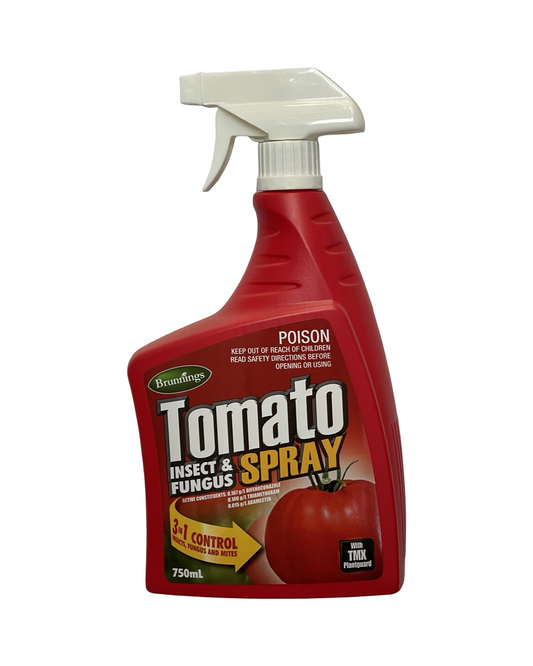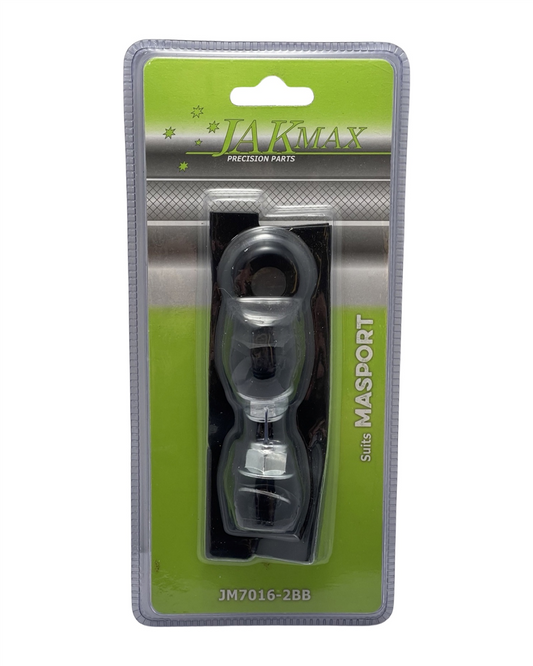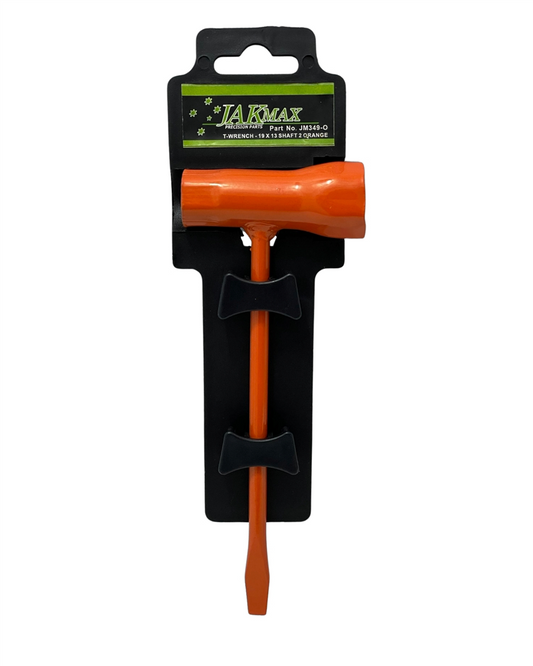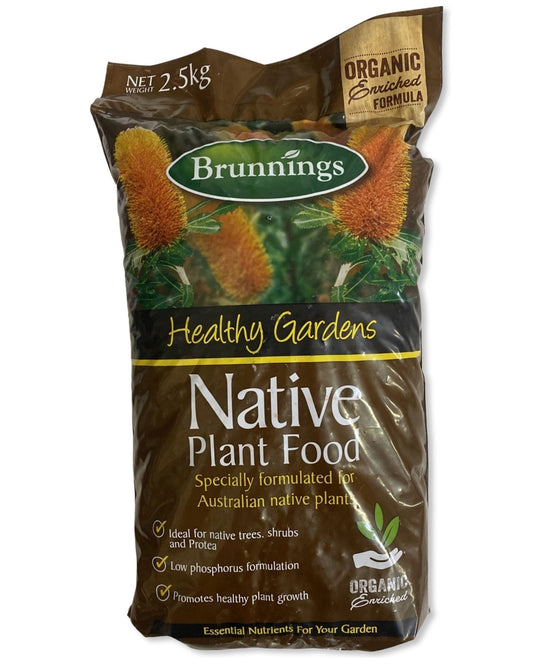Brunnings said ‘feed generously’? That cabbage advice is why your plants keep failing.
Share
Why Your Cabbages Bolt, Sulk or Shrivel — and What to Do Instead
Planting cabbage seems simple. Buy a punnet, dig a hole, add water — right? But the truth is: even seasoned green thumbs sometimes get tripped up by this leafy veggie. And it’s not your fault. Cabbage is a bit of a diva — and most planting guides don’t tell you the full story.
"I followed the label instructions exactly… and my cabbage still grew straight up and flowered. What gives?"
If that feels familiar — you're not alone. But don’t worry. The fix is surprisingly easy, once you know what to look for.
Here’s the thing most people miss
Cabbage isn’t a ‘set and forget’ kind of plant. It needs the right timing, space, and soil — or it’ll either bolt to seed, get eaten alive by bugs, or simply give up and do nothing.
After helping dozens of local gardeners through cabbage catastrophes (and having a few of my own), here’s what we now know:
- Planting too late in the season? That’s a fast-track to bolting.
- Soil too rich in nitrogen? Expect big leaves, small heads.
- Buried the seedling too shallow? It’ll get leggy and flop.
The good news? A few simple details dialled in from the get-go mean crunchy, leafy wins come harvest.
Timing is everything (yes, literally)
Cabbages are fussy about the calendar. In South Australia, the sweet spot is late autumn to early winter for most varieties. They need cool temps to thrive – the kind that makes you reach for your hoodie while you water.
Plant them too late (say, early spring) and they’ll think summer’s coming and jump straight to flowering. No heads. Just long stalks and disappointment.
Pro tip: Work backwards from your first warm days — plant at least 10–12 weeks earlier. That gives them time to form proper heads before the heat kicks in.
Soil matters (but not too much)
Many people add loads of fertiliser thinking they’re helping — but cabbages aren’t hungry in that way. Overdoing nitrogen means lush outer leaves and underdeveloped centres. It's like giving a toddler chocolate cake for dinner: looks fun, ends badly.
What cabbage loves is well-draining, slightly alkaline soil with steady nutrients. Think: composted manure, a sprinkle of lime, and regular top-ups with a balanced fertiliser (something like a pelletised option that feeds over time).
If the soil's too rich or too soggy? Houston, we have a problem. And a rather stinky one at that.
Don’t crowd them — these plants like their personal space
Cabbages may look innocent in their punnets but give them a few weeks and they’ll take over half your garden bed. That’s not drama — it’s data. Each plant needs at least 40–50cm of breathing room.
Stick them too close and you’ll get stunted growth, poor air flow (hello fungal problems), and competition at the roots. That’s like asking guests to enjoy dinner elbow-to-elbow in lawn chairs. Nope.
Mulch, monitor, and mind the moths
Once planted, keep soil moisture even and consistent (not soaked, not bone dry). A light mulch helps keep the roots cool and retain water through weird spring patches.
Watch for cabbage white butterflies – they’re more like villains in disguise. The eggs hatch caterpillars that nibble your leaves into lace faster than you can say "pass the secateurs".
To protect young plants:
- Try netting if you can
- Use a safe, natural spray made for brassicas
- Pop outside in the evening and handpick worms (weirdly satisfying)
Let’s bust the myth of the lazy cabbage
It’s easy to blame yourself when your cabbage turns into a leggy tower or just...vanishes into mulch. But when a plant misbehaves, it’s not about your skills — it's about the conditions.
Here’s what changed for one local first-time grower once they shifted their planting date and deepened their seedlings by just 2cm:
“I went from floppy stems and midwinter sadness to five picture-worthy heads I actually cooked with. It’s the first season I felt like I did it right.”
So no, you’re not a black thumb. You’ve just been given half the recipe for cabbage success — until now.
A quick recap for easy cabbage wins
- Plant mid-autumn to avoid bolting
- Use slightly alkaline soil (compost + lime is gold)
- Space each plant generously — 40–50cm minimum
- Keep soil moist but not soggy
- Watch for bugs and act early
Getting cabbage right isn’t about perfection — it’s about rhythm. Tune in to the season, prep the soil, keep your eye on the leaves, and the rest tends to sort itself out.
The biggest mistake isn’t planting wrong — it’s assuming it’s your fault
Plants don’t judge you. They just respond to what’s around them. So don’t hang your confidence on one disappointing harvest. Gardeners aren’t born — they’re grown. One season, one seedling, one cabbage at a time.
Happy planting,
Candeece
 Stay Connected
Stay Connected
Join our gardening community on Facebook: Urban Gardener's Notebook
And follow our Store Facebook Page: Strathalbyn H Hardware on Facebook









